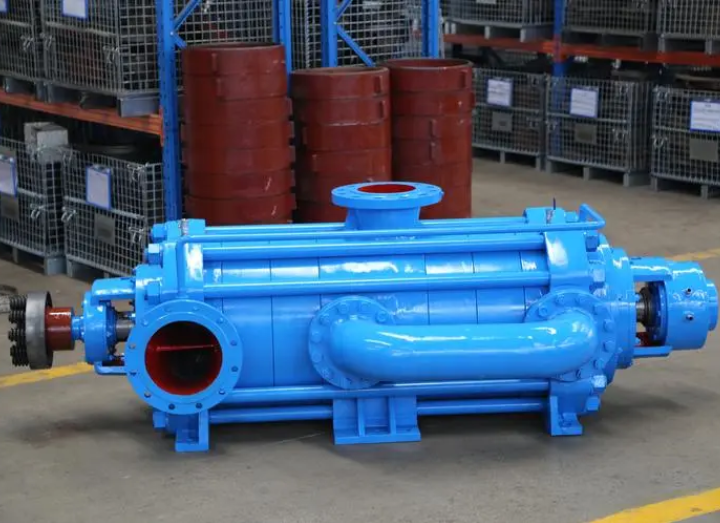Differences between multi-stage pumps and single-stage pumps on balancing devices
There are significant differences between multi-stage pumps and single-stage pumps when it comes to balancing devices. These differences are mainly reflected in the way axial forces are generated and balanced.
1. Characteristics of balancing device of multi-stage pump
Since the multi-stage pump has multiple impellers, the axial force is the superposition of the axial forces of the impellers at all stages. Therefore, the value is large and cannot be completely borne by the bearings. Effective balancing measures must be taken. The balancing devices of multi-stage pumps mainly include the following types:
Impeller symmetrical arrangement:
Each two impellers are installed symmetrically on the same pump shaft in opposite directions so that the axial forces generated by each two impellers cancel each other out. Although this solution can significantly reduce the axial force, the flow path is complex and the cost is high. When there are many stages, due to different leakage conditions at each stage and different impeller hub diameters at each stage, the axial force cannot be completely balanced, and an auxiliary balancing device is often required.

Balance plate device:
A balance plate is installed behind the final impeller to balance the axial force. The balance plate device consists of a balance plate mounted on the shaft and a balance ring fixed on the pump casing. The balance of the axial force is achieved through the axial gap and radial gap between the balance plate and the balance ring. When the axial force is greater than the balancing force, the pump rotor will move in the suction direction, reducing the axial gap and increasing fluid resistance, thus increasing the balancing force and reaching a new equilibrium state. vice versa.
Balance pipe installed on the pump body:
The liquid on the back of the impeller is connected to the liquid at the pump inlet through a balance tube to balance the axial force. This method does not interfere with the liquid flow at the pump inlet and is relatively efficient.
2. Characteristics of balancing device of single-stage pump
Since a single-stage pump has only one impeller, its axial force is relatively small and can usually be directly borne by the bearing, so it does not require a complicated balancing device like a multi-stage pump. However, in some special cases, such as when the design head of the pump is high or the medium density is high, the single-stage pump may also need to take certain balancing measures to reduce the axial force, such as optimizing the impeller design, adding thrust bearings, etc.




